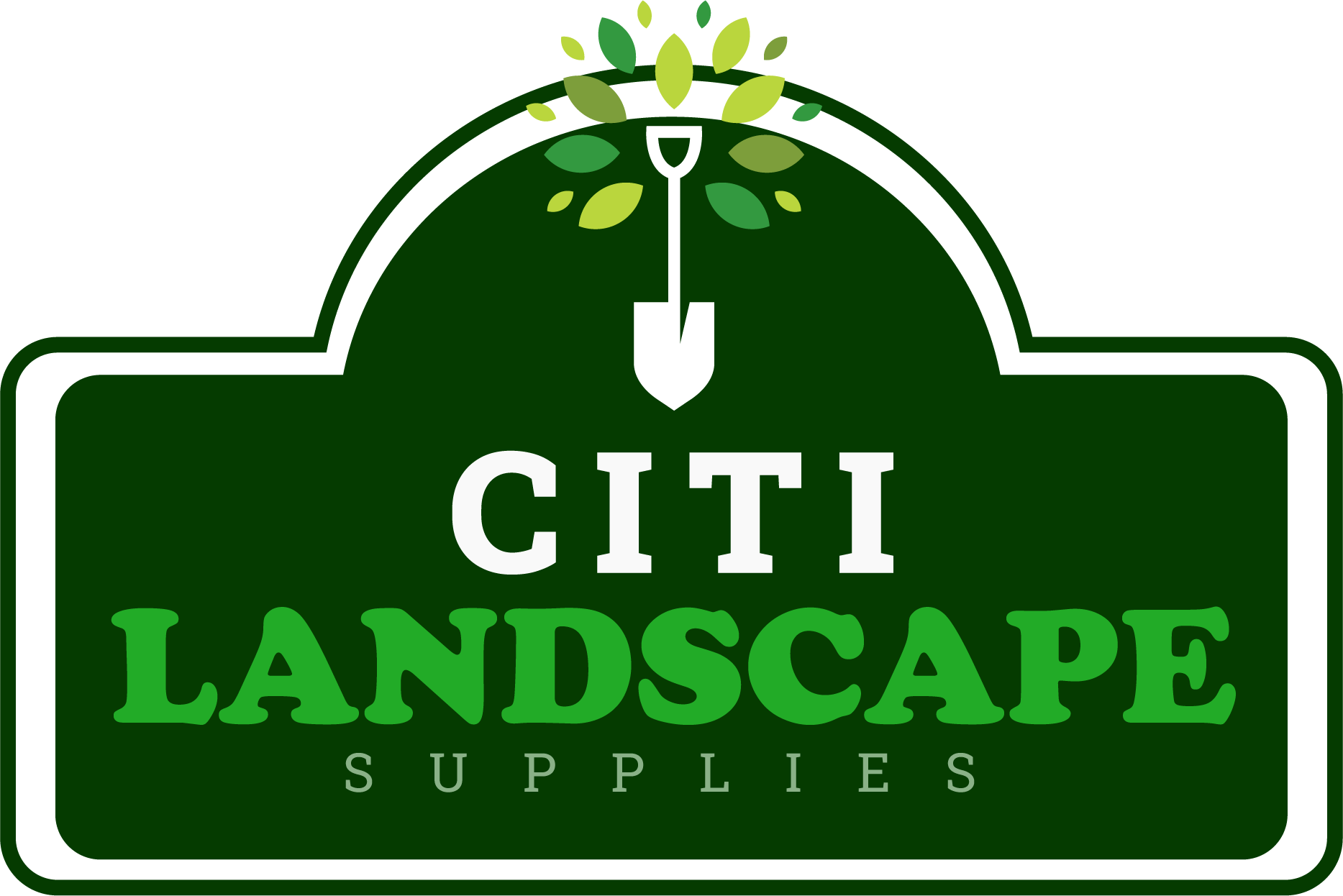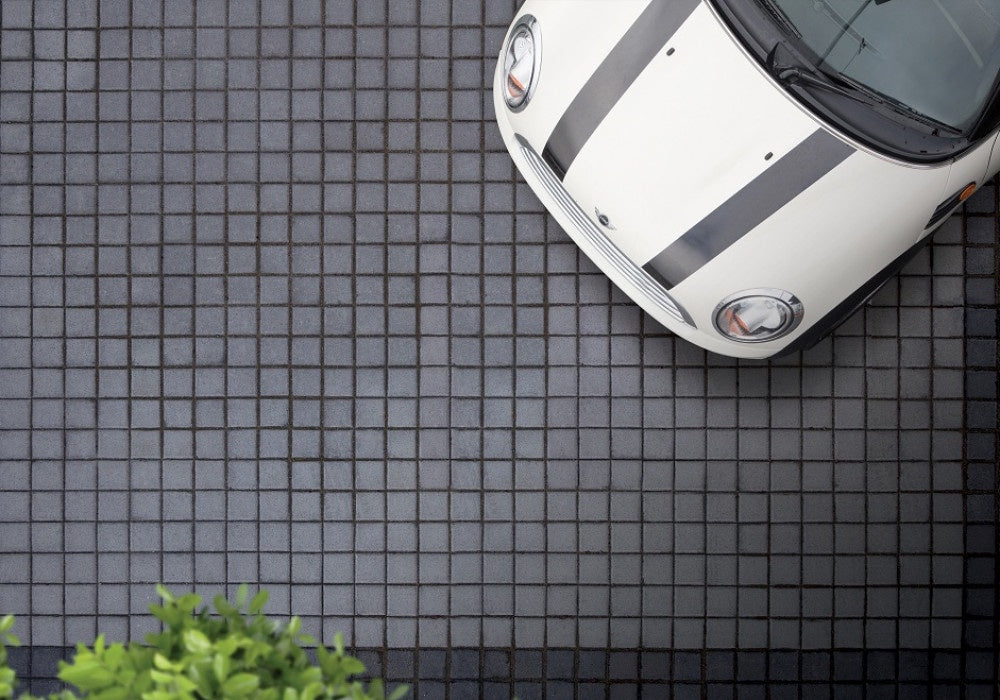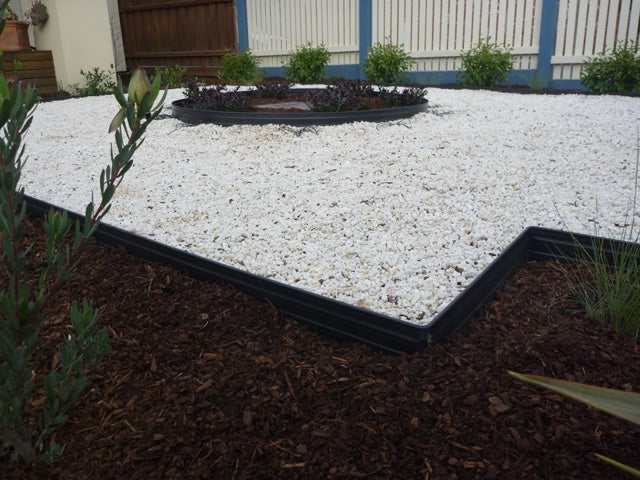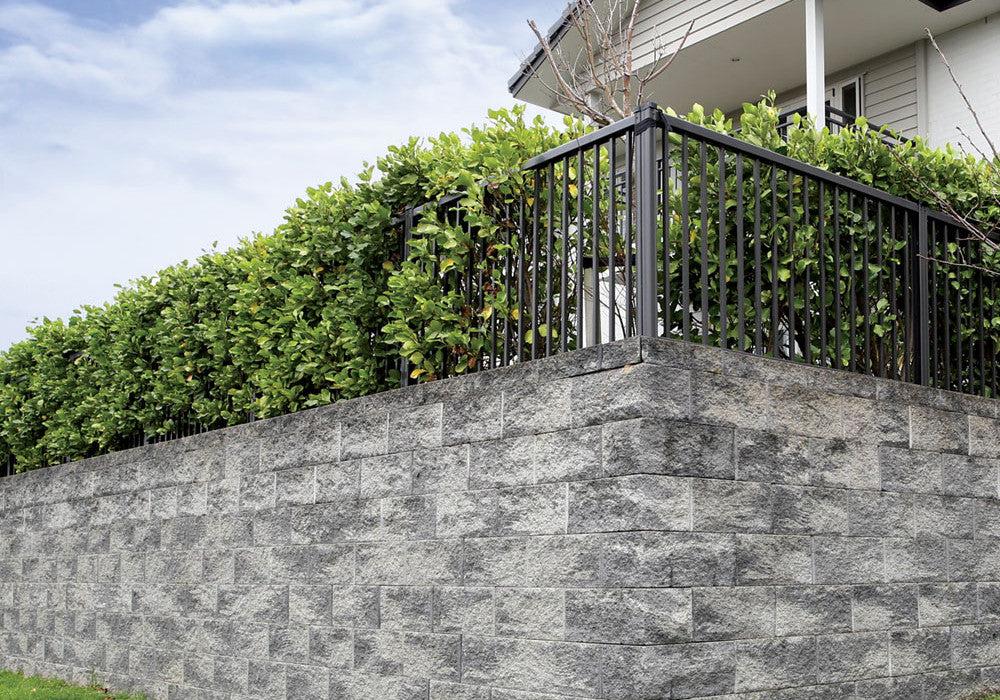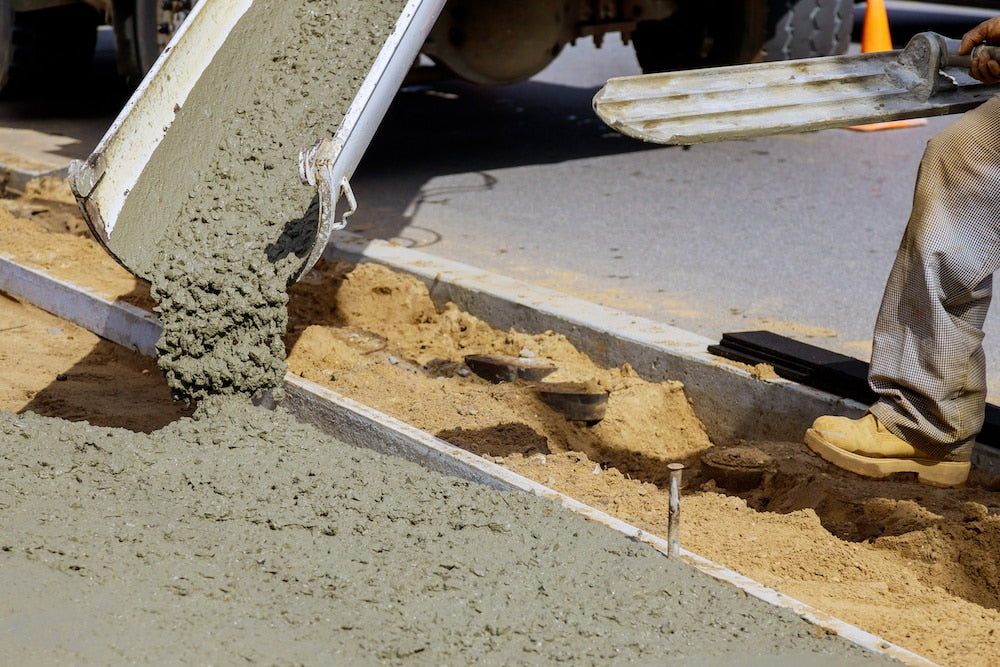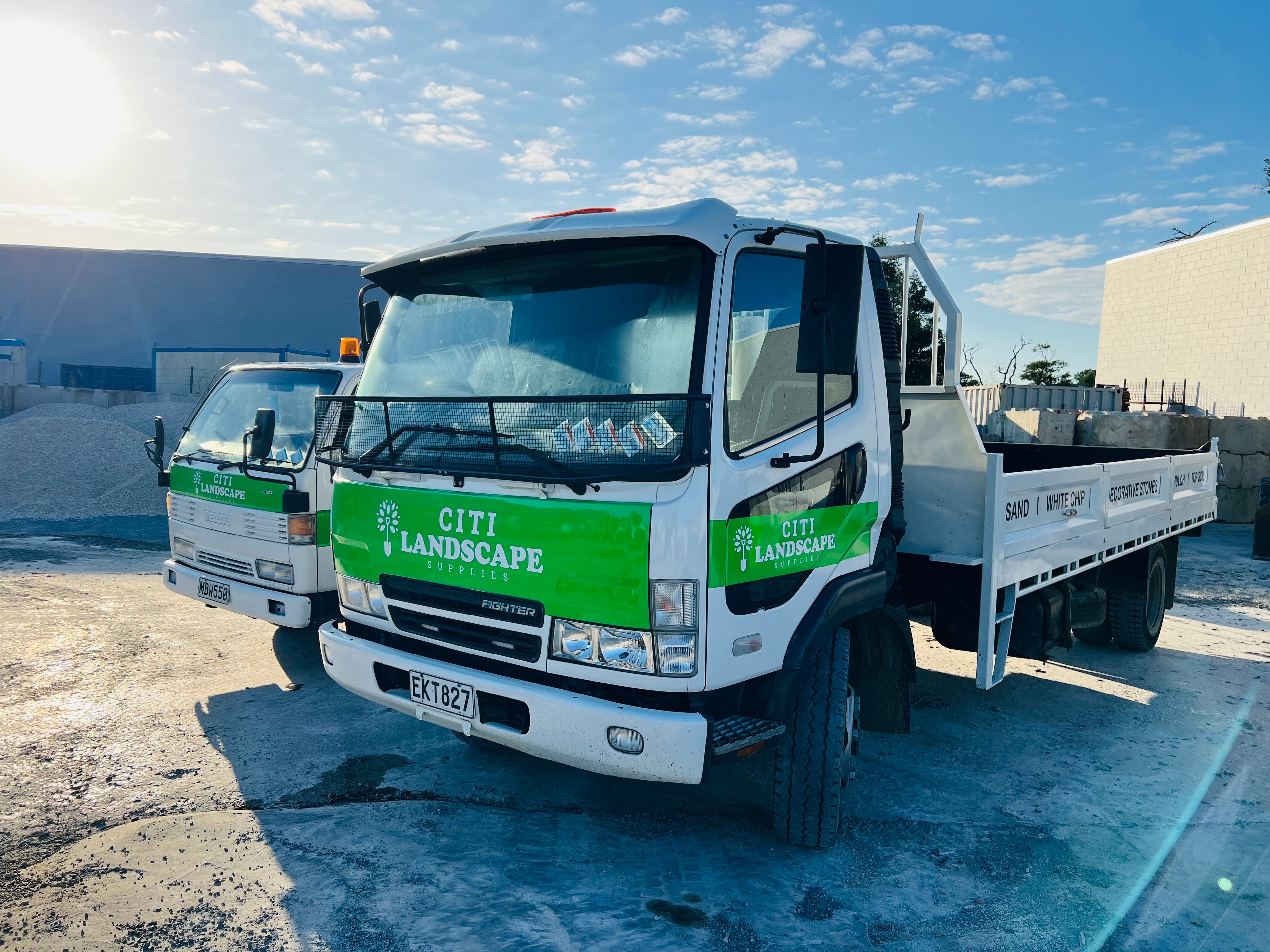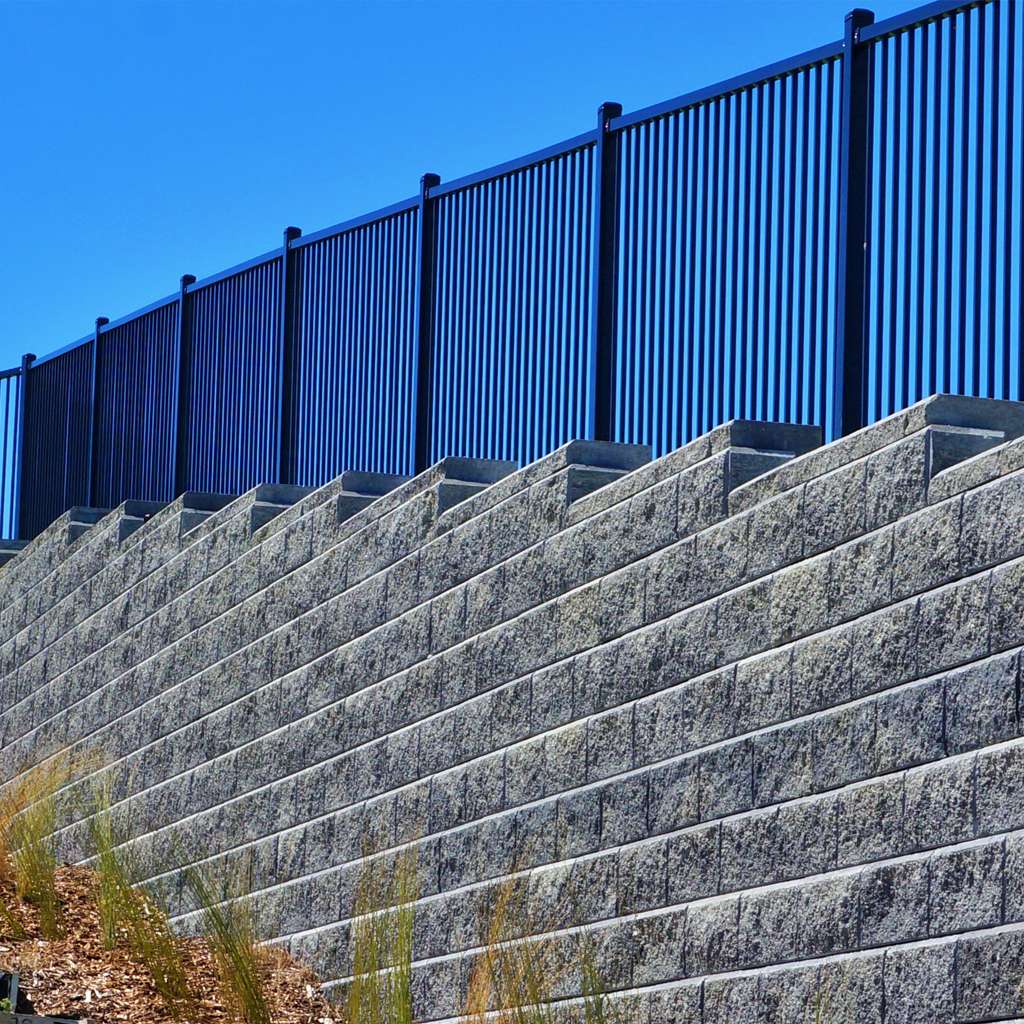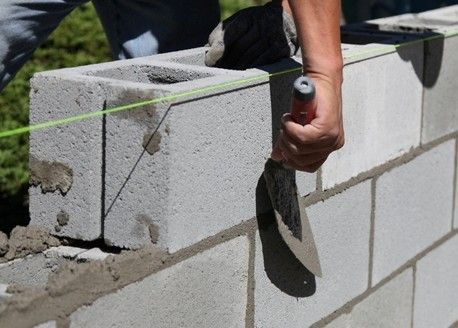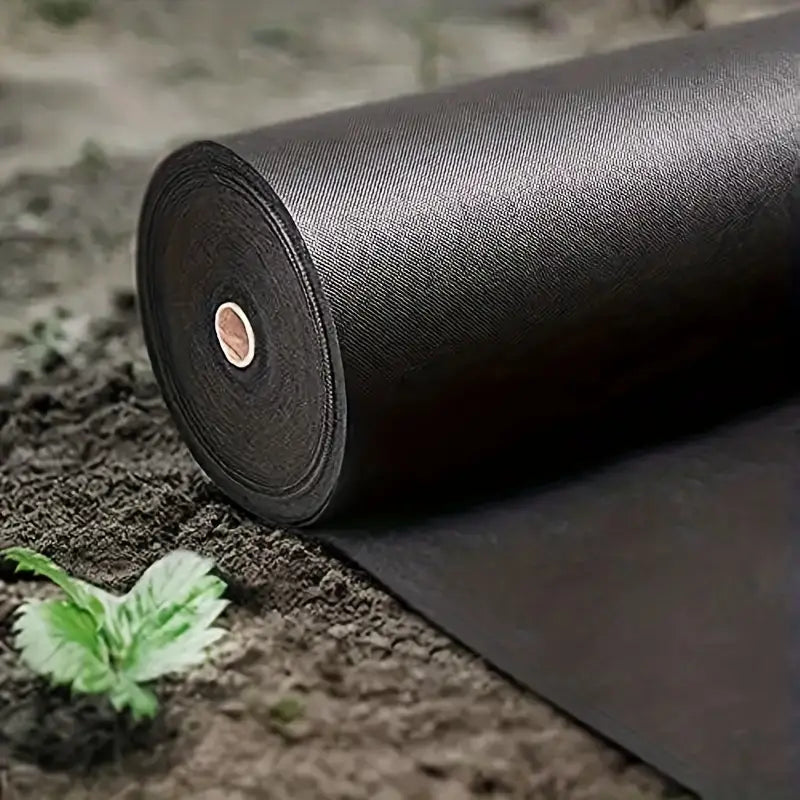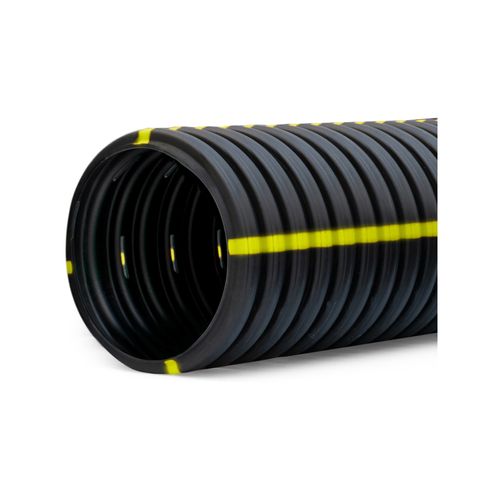Our Products - Buy Online Now
-
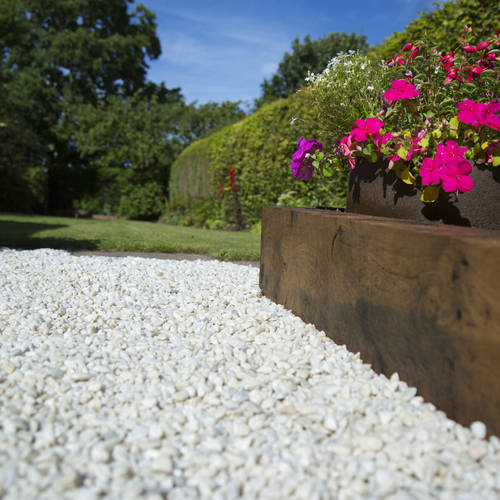
Decorative Stones
Decorative Stones brings an awesome look to your garden. At Citi Landscape Supplies,...
-
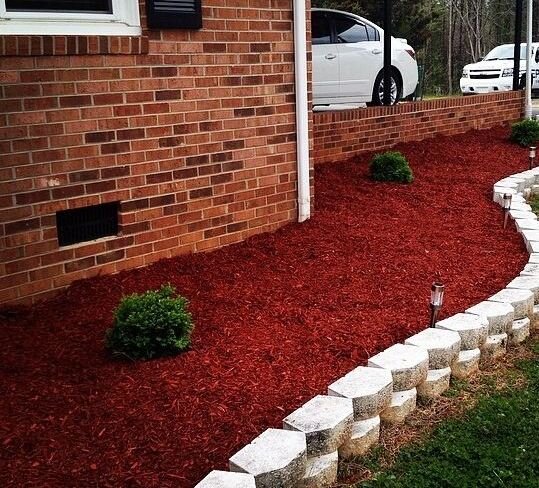
Decorative Mulch/Bark
The decorative garden mulches shield the soil from the sun, so the...
-
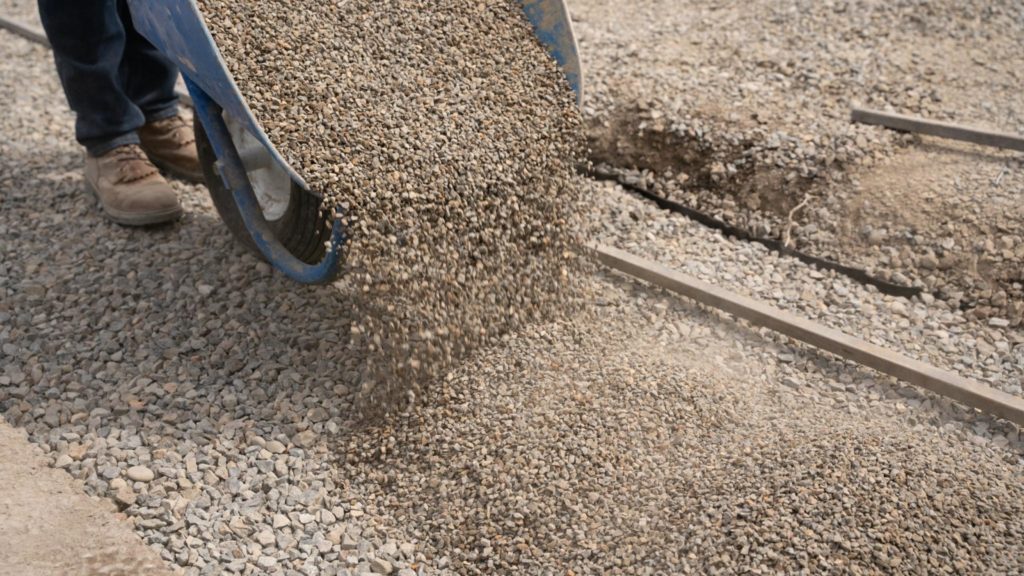
Aggregates & Sand
Aggregates, sand, and soil are all material used in base course or...
-
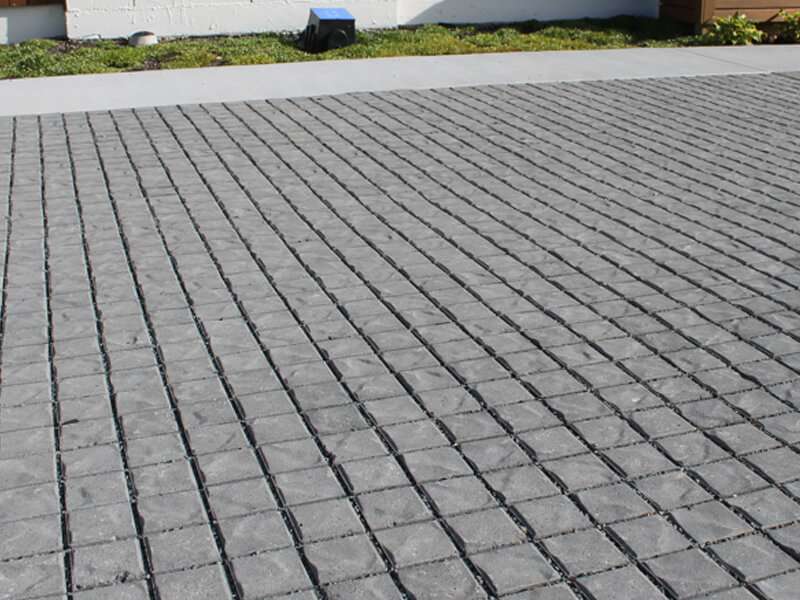
Firth Pavers
Firth Concrete is the largest and only national company, founded in 1938....
-
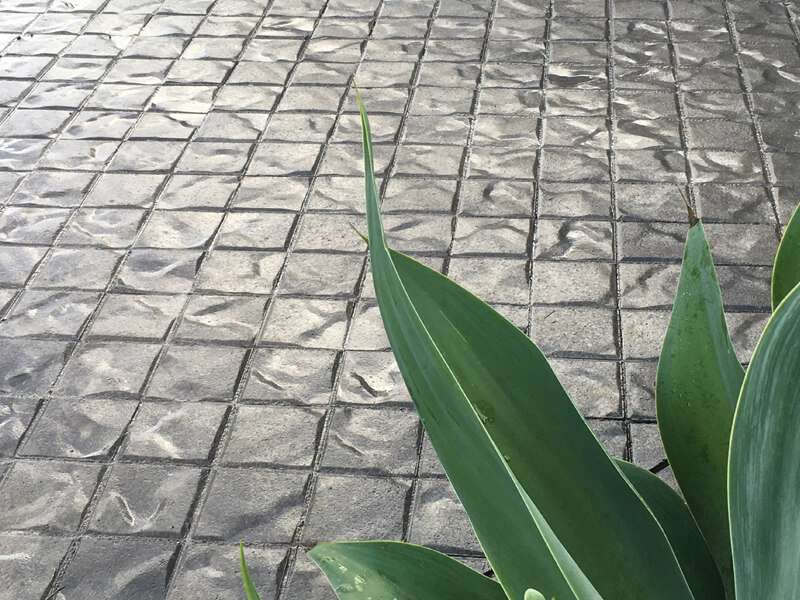
Bowers Pavers
Bowers brother is a trusted name in concrete for 90+ years. Citi...
-
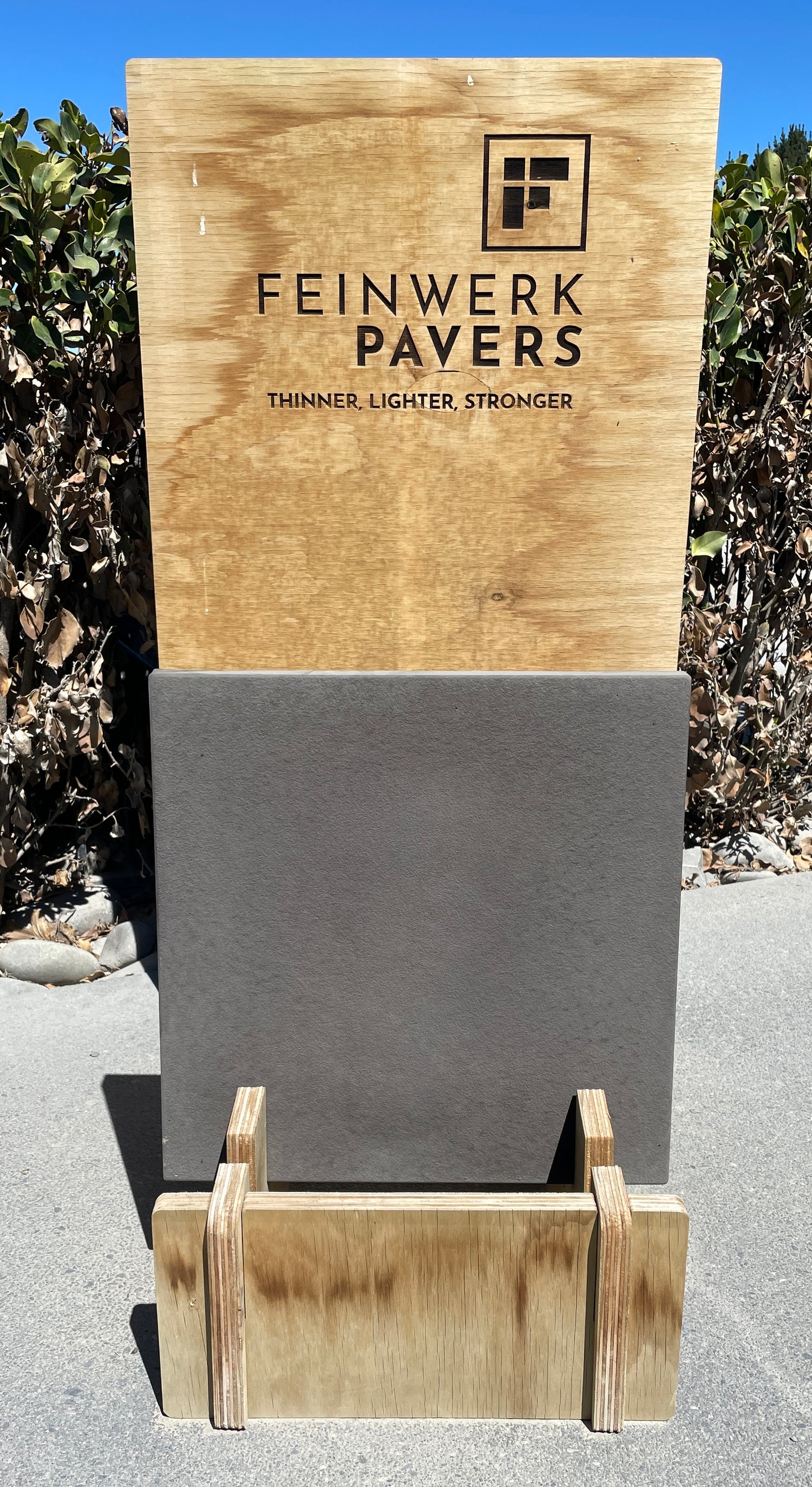
Feinwerk Pavers
At Citi Landscape Supplies we distribute Feinwerk Concrete Paver near Henderson, Auckland....
-
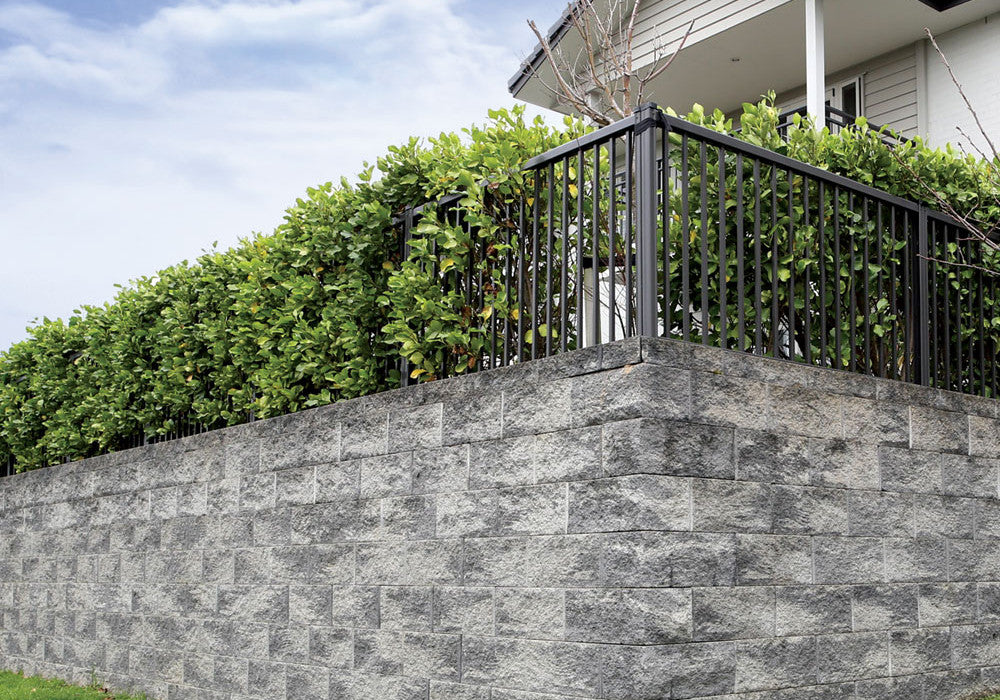
Firth Retaining Wall
Keystone Compac® III Straight Face features unrivaled aesthetic options and proven wall performance....
-
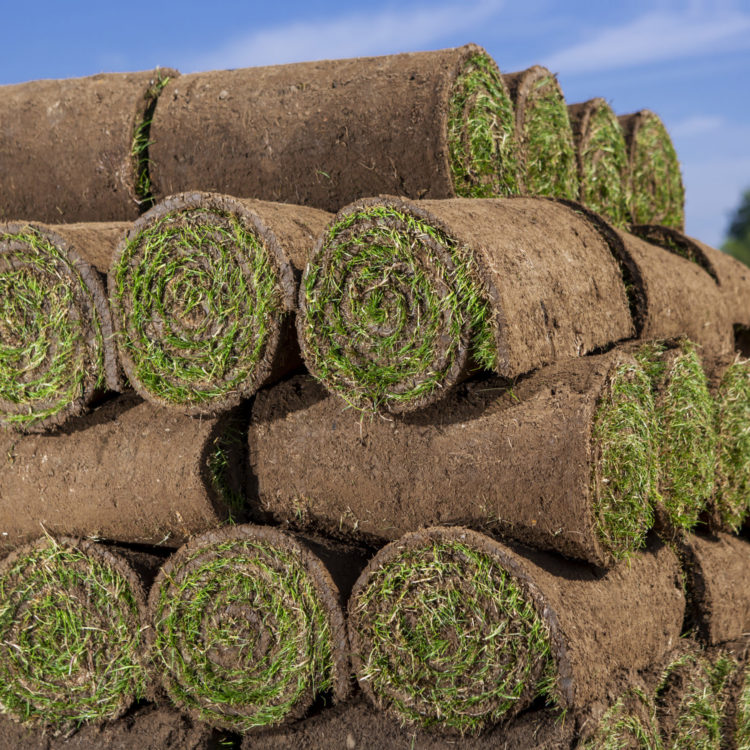
Natural Grass - Roll-out grass
There is nothing like a welcoming mat of soft grass beneath your...
Citi Landscape Supplies
Frequently Ask Questions
1. Are Homeowners Welcome?
Yes. We supply landscaping products to both homeowners and contractors.
2. Can I come to your yard to pick up the product?
Yes, of course, all customers are welcome in our yard, and you can pick up your products at your convenience.
3.What type of Pavers do you carry?
We carry all types of pavers like Permeable Pavers, Courtyard & patio pavers, and Driveway pavers from brands like Feinwerk, firth, bowers, Premier Group etc.
4. What essential landscape supplies do you sell?
We sell essential landscape supplies like Decorative Mulch and bark, Decorative Stone, various types of Soil, Pavers, weed care etc.
5. Do you sell and deliver products in Auckland only?
Yes, we only sell and deliver the product in Auckland, but if you need delivery outside Auckland, please get in touch with us first!
6. How to find high Quality Landscaping Material?
Finding high-quality landscaping materials is crucial if you want your landscaping job to turn out well. The quality of the result might greatly benefit from using high-quality materials. Here are some proposals to assist you in tracking down high-quality materials for your landscaping project.
- Research your options -
Before making a purchase, it's a good idea to research your available options. Check online for reviews of local landscaping supply companies to see who is best to work with. Check out their inventory and prices to determine if they have what you're looking for at a price you can afford.
- Choose a reputable company -
Make sure the company you buy landscaping materials from has a good reputation in the industry. You should find a firm that has been around for a while and has an excellent reputation for product quality and client satisfaction.
- Considering the quality of the products -
High-quality landscaping materials are essential. Find a business that uses only high-quality components sourced from dependable vendors and performs stringent quality checks regularly. Don't do business with firms that consistently deliver inferior goods.
- Check for product guarantees -
If you're looking for a landscaping supplies provider, ensure they stand behind their products with solid guarantees. To safeguard your financial investment against product flaws, find a vendor that provides a warranty or guarantee.
- Look for eco-friendly options -
If you're worried about how your landscaping project will affect the environment, it's a good idea to research businesses that specialize in green solutions. Materials like organic soil and mulch are good examples.
Now that you understand where to go, you might wonder why you should consider using Citi Landscape Supplies while shopping for landscaping products. We've compiled some arguments in favor of purchasing from us.
At Citi Landscape Supplies, we are pleased with the quality of our goods. To guarantee that our interests consistently match your expectations, we only use materials from reliable sources and employ stringent quality control measures at every production stage.
Since cost is a consideration for many of our clients, we aim to offer competitive rates. That's why we don't skimp on quality while keeping our prices low.
We provide flexible delivery choices to make your landscaping project less hassle. We can transport any quantity of soil or rocks to your doorstep, no matter how little or how much you require.
Advice from industry veterans, we're happy to help you select the best materials for your landscaping job, drawing on our professionals' many years of experience.
Citi Landscape Supplies commitment to providing excellent service to each one of our customers is a cornerstone of our business. Our clients can expect nothing less than the best service possible from us.
We carry a large inventory of landscaping materials, including organic soil, mulch, and decorative rocks, to fulfill your every requirement.
Recycled mulch and organic soil are just two examples of the eco-friendly choices we provide as part of our dedication to reducing our environmental impact.
If you want your landscaping job to turn out well, you must ensure you have access to high-quality materials. If you're looking for landscaping supplies, we recommend Citi Landscape Supplies based on the above-mentioned criteria. As a responsible firm, we are dedicated to providing sustainable products of the highest possible quality to our customers. Give us a shot, and you'll quickly discover why we're the best in the business.
7.Things to consider when planning your landscape design?
Planning your landscape design with care and thoughtfulness is essential to creating an outside place that is aesthetically pleasing but also useful and pleasurable. Preparation can help you make informed selections and ensure that the outcome satisfies your goals and tastes, whether you're beginning from scratch or wanting to update an existing landscape. Additionally, you may build a landscape that reflects your unique taste, enhances the attractiveness of your property, and offers a warm and pleasurable outdoor space for many years to come by paying attention to the following factors and implementing them into your design process.
When planning your landscape design, there are several important factors to consider:
1. Determine the function and purpose of your landscape. Your design decisions will be influenced by knowing the intended function. For instance,
- Calming getaway: Include features that encourage calmness in your landscape if you want it to be a serene getaway. It can consist of inviting lounging places, a water element like a fountain or pond, fragrant plants, and subtle lighting, creating an ambience in the evening.
- Space for Entertaining: If you intend to use your landscape to host parties for visitors, concentrate on designing functional and welcoming areas. Give people a place to sit and dine, perhaps with a patio or deck.
- Children's Play Area: If you have kids, ensure your landscaping meets their demands for play. Include a separate play area with toys suitable for kids' ages, such as swings, slides, or a sandbox.
2. Climate and Environment: Consider the local climate and environment. It covers soil type, rainfall, temperature swings, and sunlight exposure. Select plants and building materials that can survive in the environment and are appropriate to your climate.
3. Analyzing your yard is a key first step in creating your landscape design. You may make informed selections and adjust your design to meet the unique qualities and difficulties of the space by carefully evaluating the specifics of your garden. Here are some more details on examining your garden:
- Topography: Examine the topography of your yard, including slopes, elevation changes, and any existing natural features such as hills or depressions.
- Sunlight Exposure: Observe the patterns of sunlight throughout your yard.
- Soil Conditions: Assess the soil conditions in your yard, including its texture, drainage capabilities, and nutrient content. Conduct a soil test if necessary to determine pH levels and any deficiencies.
- Existing Vegetation: Take inventory of the existing vegetation in your yard, including trees, shrubs, and other plants. Consider their health, size, and location in relation to your design plans.
4. Style and Theme: Choose the look or feel you want your landscape design to have. Choose components, materials, and plants that fit your intended aesthetic, whether formal, informal, minimalist, cottage-style or something else.
5. Focus Points and Views: Determine the focus points and views on your property and in the area. Consider the viewpoints you want to emphasize and those you wish to censor or shut off. Place vegetation, buildings, or other elements in a pleasing visual pattern to enhance or block vistas.
6. Outdoor Living Spaces: Carefully consider the placement and design of any outdoor living areas you intend to incorporate, such as patios, decks, or seating areas. For a smooth transition, consider accessibility, privacy, solar exposure, and proximity to the indoor living spaces.
7. Plant Selection: Pick plants that are compatible with your preferred level of maintenance, soil type, and climate. Consider their growth patterns, seasonal appeal, color scheme, and potential wildlife benefits. Aim for a well-balanced mixture of perennials, ground covers, trees, and shrubs to add visual interest all year.
8. Sustainability and Maintenance: Choose environmentally friendly landscaping techniques and supplies. To reduce water use and runoff, use permeable surfaces, native or drought-tolerant plants, and water-efficient irrigation methods. Ensure that the amount of upkeep is needed for the design components and plantings you have chosen with your time and money by considering this.
In conclusion, it is important to carefully examine several different variables to build an attractive and practical landscape. You can ensure that your chosen landscape design satisfies your unique requirements and preferences by carefully considering elements like purpose, climate, site analysis, style, plant selection, sustainability, and maintenance.
8. Six Tips for Effective Weed Control
Maintaining a healthy and visually beautiful garden or landscape requires regular weeding. Unwanted plants, or weeds, compete with desirable plants for nutrients, water, and sunlight. Weeds can easily take over a space if they are not controlled, affecting the growth and health of your preferred plants.
The techniques and procedures used to manage and inhibit weed development successfully are referred to as weed control. The objective is to keep weeds to a minimum and keep them from taking over the garden or landscape. Even while complete weed eradication is frequently difficult, effective weed control techniques may greatly lessen their effects and preserve your outdoor environments' general health and attractiveness.
Six Detailed Tips for Effective Weed Control:
1. Mulching is a powerful weed-control strategy that has numerous advantages for your garden. In addition to preventing weed development, organic mulches like wood chips, straw, or compost also help improve the soil's condition. For the best weed control when applying mulch, it's crucial to follow these instructions:
- Pick an organic mulch since it will decompose over time, bringing nutrients and organic matter to the soil.
- Apply a thick layer: The ability to block sunlight from reaching weed seeds and inhibiting their germination will provide enough coverage to suppress weed development.
- Eliminate any weeds that are already present before applying mulch.
2. A manual weed management technique called hand picking enables you to remove specific weeds from your garden. To draw your hands effectively, take these actions:
- Regular inspection: Look for weeds in your garden, especially after irrigation or rain when the soil is damp.
- Take hold of the plant as close to the base as possible when pulling weeds. Before uprooting the weed, ensure you have a strong grip on it to reduce the possibility of breaking the stem and leaving the roots behind.
- Utilize the right instruments: These tools improve leverage and precision when removing weeds, particularly deeply established ones.
3. Timing is an essential aspect of weed control. You can stop weeds from spreading and lessen their negative effects on your garden by eliminating them at the correct time. Consider the following important factors when planning the time of your weed management efforts:
- Eliminate weeds while they are still young; because their root systems are still developing, young weeds are simpler to remove.
- Deal with weeds as soon as you see them: Take immediate action when you see weeds in your garden. Delaying weed control causes them to enlarge, making them more challenging to eliminate and raising the possibility that they will produce seeds.
4. Landscape fabric, commonly called weed control fabric, is a practical method for controlling weed development in particular garden regions. The following are crucial actions to take before using weed-control fabric:
- Clear the space: Remove any weeds from the allotted area before laying the fabric. Doing this ensures that no weeds are already there that may continue to develop and eventually pierce the cloth.
- Measure the area where the weed control fabric will be used, cut the fabric appropriately, and attach it in place. Leave a small overlap at the edges. Landscape staples or pins should be used to hold the fabric in place. Because of this, the fabric won't move or be moved by wind or water runoff.
5. Selective herbicides can target certain weed species while causing the least damage to desirable plants when other weed control techniques are insufficient.
- Use selective herbicides as a last resort if all other weed-control options have failed, such as hand pulling or mulching.
- Before applying any herbicide, thoroughly read and adhere to the label's directions. Be safe and put on gloves and goggles to reduce exposure.
- Spot-treat weeds: Treat specific weeds or tiny patches rather than covering the entire area with pesticides.
6. You can make a less favorable space for weed growth by giving your preferred plants the best care possible. Consider the following important factors when caring for healthy plants:
- Ensure the plants are taken care of properly, which includes giving them regular irrigation, fertilization, and pruning per each species' unique needs.
- When watering your plants, try to water deeply and seldom rather than frequently and shallowly. By promoting the growth of deep root systems, deep watering enables plants to access water and nutrients from deeper soil layers.
You may drastically reduce weed populations and produce a more pleasurable and aesthetically pleasing garden space by combining these techniques and customizing them to your gardening requirements. You may successfully keep weeds under control and enjoy a lovely, growing garden by being diligent and performing the necessary upkeep.
